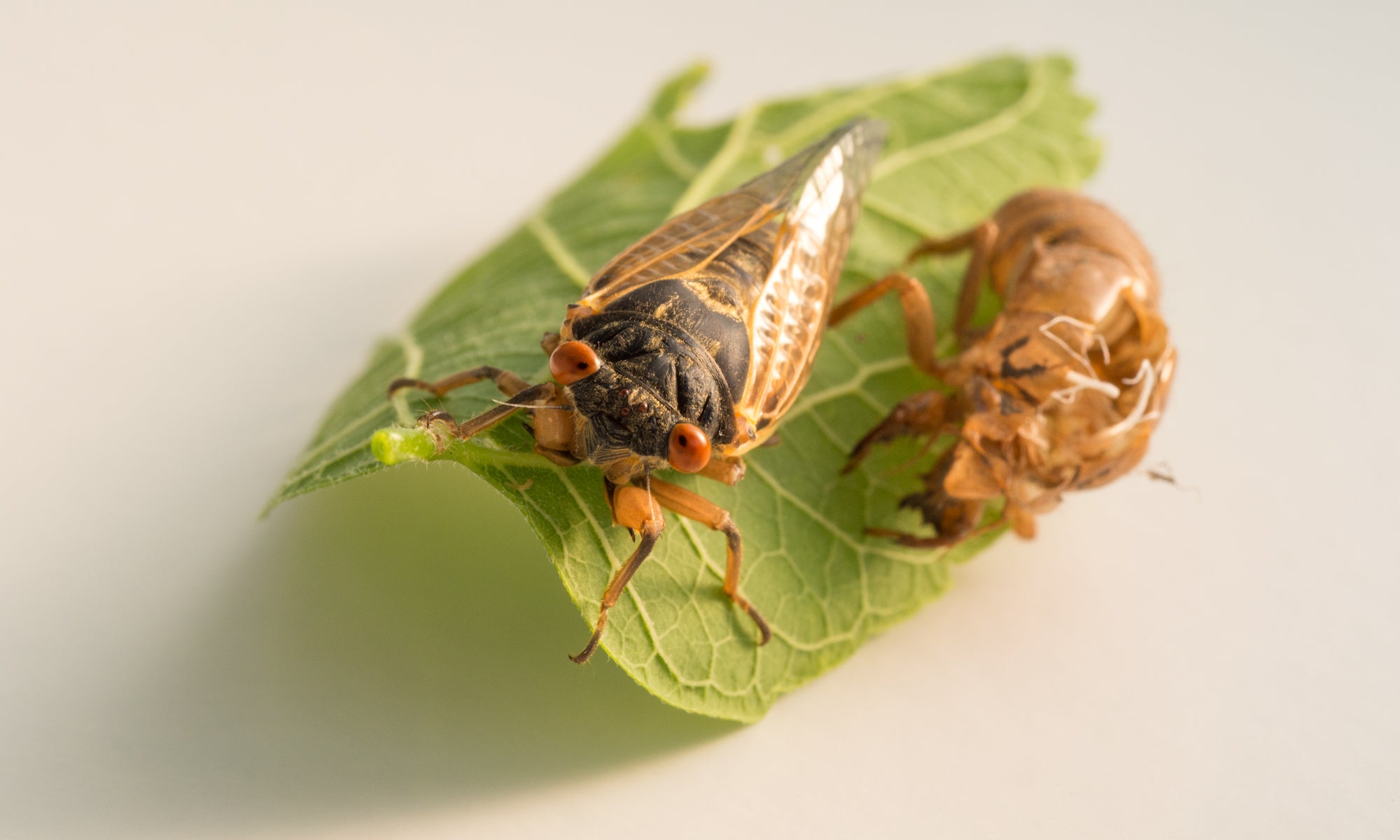Louie H. Yang and Meredith L. Cenzer
Abstract
Many organisms experience seasonal windows of opportunity for growth and reproduction. These windows represent intervals in time when organisms experience improved prospects for advancing their life history objectives, constrained by the combined effects of seasonally variable biotic and abiotic conditions acting independently or in combination. While seasonal windows of opportunity are likely to be widespread in nature, relatively few studies have conducted the repeated observations necessary to identify them or suggest the factors that structure them in time. Here, we present the results of three experimental studies conducted at different field sites in three different years in which we manipulated the phenology of monarch caterpillars (Danaus plexippus) throughout the growing season. The primary aims of these experiments were to a) identify seasonal windows of opportunity for successful larval development on milkweed (Asclepias spp.), and b) to suggest which factors are most likely to constrain these windows of opportunity in time. We found strong seasonal windows of opportunity in the developmental success of monarchs, with distinct periods of higher developmental prospects during each study year. We evaluated the role of seasonal variation in abiotic thermal stress, host plant density, host plant defensive traits, and natural enemy risk as potential factors that may limit seasonal windows of opportunity. By comparing the seasonal patterns of larval success and potential explanatory factors across all three years, we find patterns that are consistent with seasonally variable abiotic conditions, host plant availability, host plant traits, and natural enemy risk factors. These results suggest the potential for seasonal variation in the factors that limit monarch larval development and population growth. More generally, this study also highlights the value of temporally explicit experimental studies that can identify and examine seasonal patterns in species interactions.
Ecology

